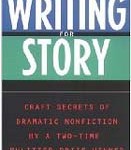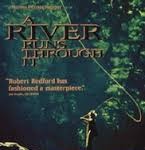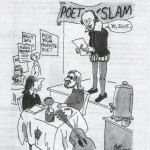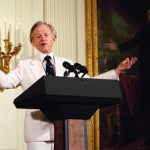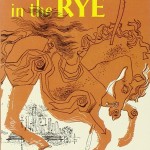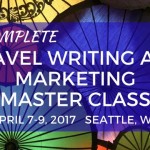
While teaching my Travel writing class for The Writer’s Workshop, I stopped by the Prado Museum in Madrid to see Goya’s Black Paintings. I’d written a long paper about the paintings for an art history class at Amherst College. When I traveled to Europe as part of a junior year abroad program I found them electric in their intensity, shocking in their gruesome detail. I was especially struck by the painting Pilgrimage to San Isidro and the malevolent and haunting expressions on the faces of the pilgrims. It was astounding to think that Goya actually displayed the paintings on the walls of his house. What would it be like to wake up every day and see these horrific images?
I came away from my first visit to the Prado moved by the paintings but unsure of how to interpret them. I did not return to the museum or Madrid for many years, but the images stuck with me.
This past year I planned to teach a travel writing class in Haro, about a three-hour drive north of Madrid. I decided to fly into Madrid, stay in the city for a couple nights, enjoy the buzz of the city, order some tapas and return to the Prado. How would I react to the paintings 30 years later? There was no way to know. Some paintings I’d loved over the years eventually lost their lustre. I hoped this would not be the case.
As my friend Chris Olsen and I entered the museum, we made our way toward the Black Paintings. Walking through the exhibition, I was astonished by the skill of Goya’s execution. I came away impressed by the power of Goya’s art to transform even the most horrific experience into something satisfying and strangely beautiful.
 The Writer's Workshop
The Writer's Workshop 

